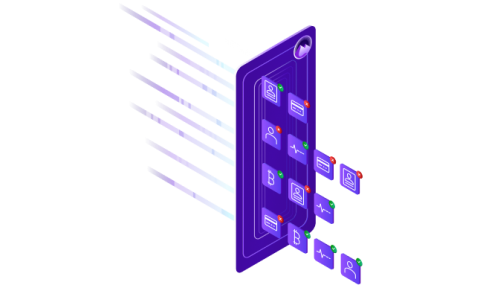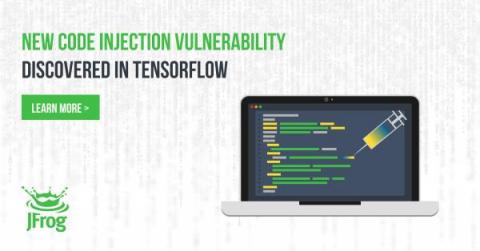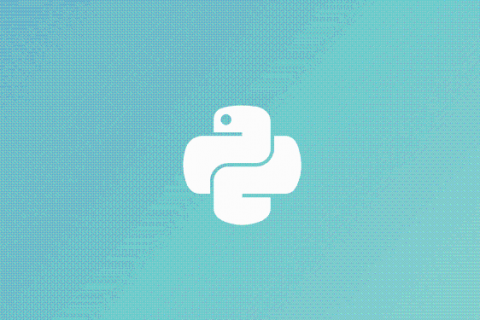Security | Threat Detection | Cyberattacks | DevSecOps | Compliance
Python
Case study: Python RCE vulnerability in Celery
I conducted research based upon existing Python vulnerabilities and identified a common software pattern between them. By utilizing the power of our in-house static analysis engine, which also drives Snyk Code, our static application security testing (SAST) product, I was able to create custom rules and search across a large dataset of open source code, to identify other projects using the same pattern. This led to the discovery of a stored command injection vulnerability in Celery.
JFrog Discloses 3 Remote Access Trojans in PyPI
The JFrog Security research team continuously monitors popular open source software (OSS) repositories with our automated tooling to detect and avert potential software supply chain security threats. After validating the findings, the team reports any security vulnerabilities or malicious packages discovered to repository maintainers and the wider community.
Tame the snake: Snyk shines a spotlight on Python security
Redacting Sensitive Data in 4 Lines of Code
In this tutorial, we’ll demonstrate how easy it is to redact sensitive data and give you a more in-depth look at various redaction techniques, how Nightfall works, and touch upon use cases for redaction techniques. Before we get started, let’s set our Nightfall API key as an environment variable and install our dependencies for our code samples in Python.
Python Malware Imitates Signed PyPI Traffic in Novel Exfiltration Technique
The JFrog Security research team continuously monitors popular open source software (OSS) repositories with our automated tooling to report vulnerable and malicious packages to repository maintainers. Earlier this year we disclosed several malicious packages targeting developers’ private data that were downloaded approximately 30K times.
TensorFlow Python Code Injection: More eval() Woes
JFrog security research team (formerly Vdoo) has recently disclosed a code injection issue in one of the utilities shipped with Tensorflow, a popular Machine Learning platform that’s widely used in the industry. The issue has been assigned to CVE-2021-41228. This disclosure is hot on the heels of our previous, similar disclosure in Yamale which you can read about in our previous blog post.
Best practices for containerizing Python applications with Docker
From reading many Python Docker container blogs, we’ve found that the majority of posts provide examples of how to containerize a Python application independent of its framework (Django, Flask, Falcon, etc.). For example, you might see something like this: With this Dockerfile, we can build and run a Python Flask application: Two simple steps and it works just fine, right?
Python security best practices cheat sheet
In 2019, Snyk released its first Python cheat sheet. Since then, many aspects of Python security have changed. Using our learnings as a developer security company — as well as Python-specific best practices — we compiled this updated cheat sheet to make sure you keep your Python code secure. And before going any further, I need to give special thanks to Chibo and Daniel for their help with this cheat sheet!
A (soft) introduction to Python dependency management
Python has been deemed as a “simple” language — easy to use and easy to develop scripts to do numerous tasks — from web scraping to automation to building large-scale web applications and even performing data science. However, dependencies are managed quite differently in Python than in other languages, and the myriad options of setting up an environment and package managers only add to the confusion.










